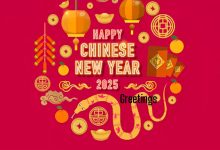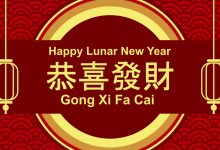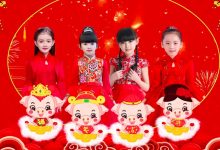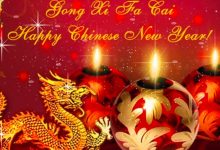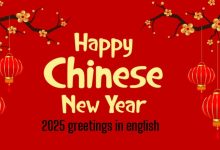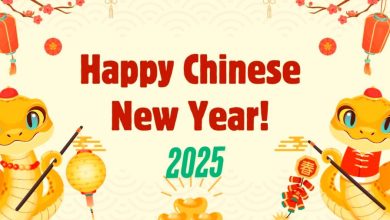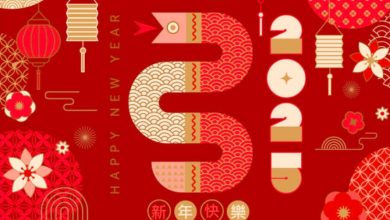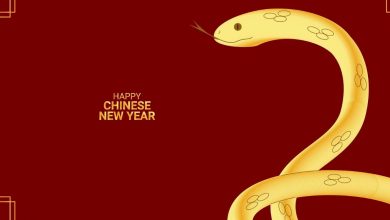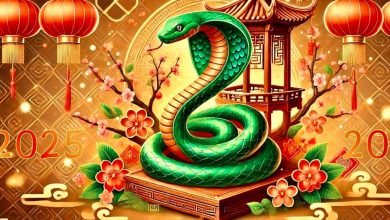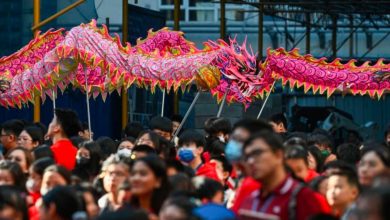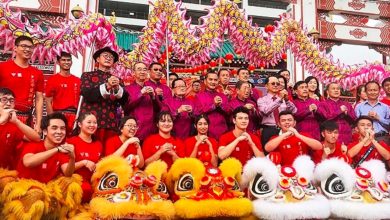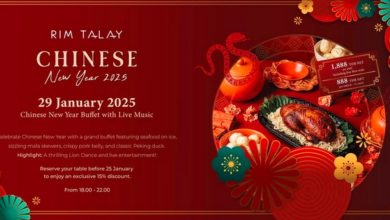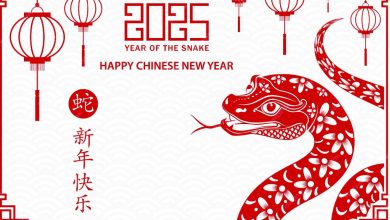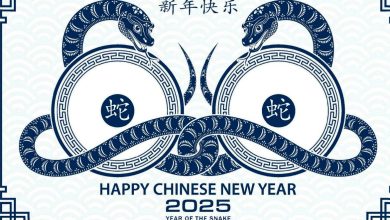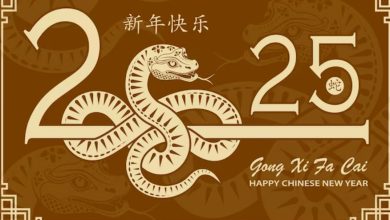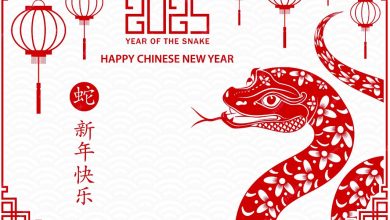Chinese new year eve 2025
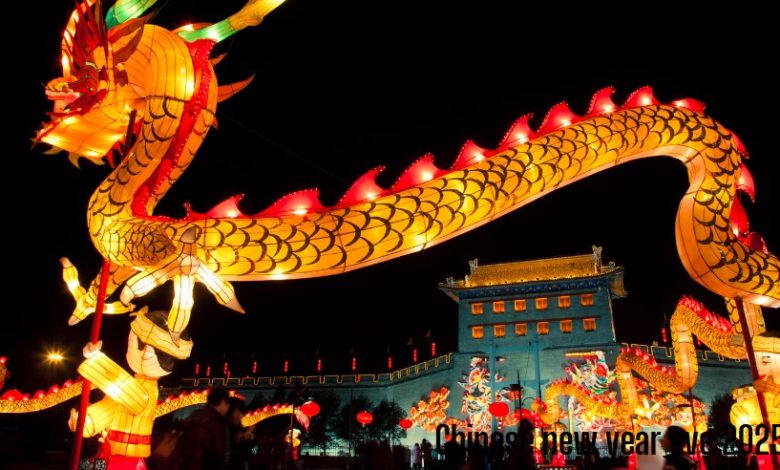
Chinese New Year’s Eve, or Chúxī (除夕), is one of the most important and cherished nights in Chinese culture. Marking the end of the lunar calendar year, it is a time for families to gather, celebrate, and usher in a new year with hopes of prosperity, health, and happiness. In 2025, Chinese New Year’s Eve falls on Friday, January 24, leading into the Year of the Snake, a zodiac sign associated with wisdom, intuition, and transformation.
The Significance of Chinese New Year’s Eve
Chinese New Year’s Eve is often considered the pinnacle of the Lunar New Year celebrations. It is steeped in thousands of years of tradition and is a time to bid farewell to the past year while preparing for the future. The evening is filled with symbolic rituals, including honoring ancestors, cleaning homes to sweep away bad luck, and preparing feasts to invite fortune and abundance.
The focus on family during this night is central to its importance. Across the globe, millions of people make long journeys to reunite with loved ones, a phenomenon known as the “Spring Festival travel rush” or Chunyun (春运). No matter how far apart families may be during the year, Chinese New Year’s Eve is a time to come together and strengthen bonds.
Preparations for the Evening
In the days leading up to Chinese New Year’s Eve, households are abuzz with activity. Cleaning the home is a key ritual, symbolizing the removal of the old year’s misfortune to make room for good luck in the coming year. Once the home is spotless, families decorate with red banners, couplets (对联), and paper cutouts featuring auspicious phrases or symbols like the Chinese character 福 (fú), meaning “blessing” or “good fortune.”
Another common decoration is the red lantern, which represents hope and joy. The color red, deeply rooted in Chinese culture, is believed to ward off evil spirits and attract positive energy. Many families also set up altars with offerings to honor their ancestors and deities, expressing gratitude and seeking blessings for the year ahead.
The New Year’s Eve Reunion Dinner
The highlight of Chinese New Year’s Eve is the reunion dinner (团圆饭), a grand feast that brings together all family members. This meal is carefully prepared with dishes that symbolize prosperity, longevity, and happiness. Common dishes include:
- Dumplings (饺子): Shaped like ancient gold ingots, dumplings represent wealth and fortune. Families often make and cook dumplings together as a bonding activity.
- Fish (鱼): A whole fish is served to symbolize abundance, as the word “fish” (yú) sounds like “surplus” in Chinese. It is customary to leave some fish uneaten to ensure surplus in the coming year.
- Spring Rolls (春卷): Golden and crispy, spring rolls resemble gold bars, symbolizing wealth.
- Longevity Noodles (长寿面): These long noodles are eaten to promote a long and healthy life.
- Glutinous Rice Cake (年糕): Known as niángāo, this sweet dish signifies progress and success, as its name sounds like “higher year.”
The reunion dinner is not just about the food; it is about togetherness. Stories are shared, laughter fills the air, and the family bonds are strengthened. The meal often lasts for hours, reflecting the joy and importance of the occasion.
Traditions and Activities on Chinese New Year’s Eve
After dinner, the festivities continue with various traditional activities:
- Giving Red Envelopes (红包): Elders present red envelopes filled with money to younger family members. The act symbolizes passing on blessings and good fortune.
- Staying Up Late (守岁): Families stay awake until midnight, a practice known as “Shousui.” It is believed to bring longevity to one’s parents.
- Watching the CCTV New Year Gala (春晚): The Chinese New Year Gala is a variety show featuring music, dance, comedy, and cultural performances. Millions tune in to watch it each year, making it a key part of modern celebrations.
- Fireworks and Firecrackers: At midnight, the skies light up with vibrant fireworks, and firecrackers crackle to scare away evil spirits and welcome the new year with a bang.
Modern Celebrations and Global Impact
While many Chinese New Year traditions remain rooted in ancient customs, modern celebrations have evolved to include new elements. Social media platforms are flooded with messages and virtual red envelopes, allowing people to celebrate across distances. Urban cities host grand parades, light shows, and cultural festivals, blending traditional and contemporary styles.
The Chinese diaspora has also brought these celebrations to a global stage. From Chinatown parades in New York and London to lantern festivals in Sydney and Singapore, Chinese New Year has become a vibrant, multicultural event celebrated worldwide.
Welcoming the Year of the Snake
In 2025, the transition to the Year of the Snake (蛇年) adds a layer of significance to the celebrations. The Snake, the sixth animal in the Chinese zodiac, is associated with traits like intelligence, elegance, and mystery. For many, the new year brings an opportunity to embrace these qualities and seek personal transformation.
Astrologers suggest that 2025 may be a year of growth and self-discovery, with the Snake encouraging individuals to rely on intuition and adaptability. For businesses and individuals alike, it is seen as a time to strategize and move forward thoughtfully.
